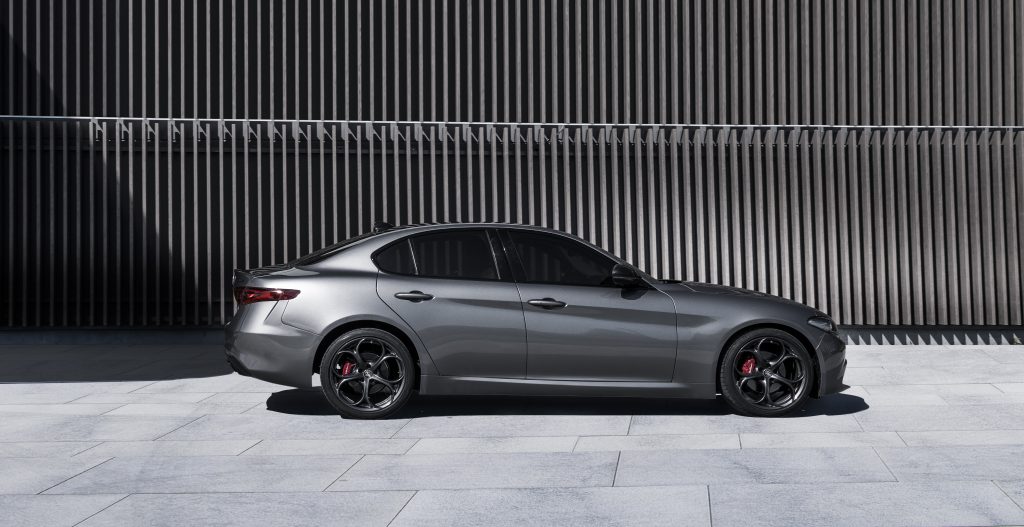Apple CarPlay
The groundbreaking portable in-car OS features seamless smartphone integration, intuitive user interface and regular software updates

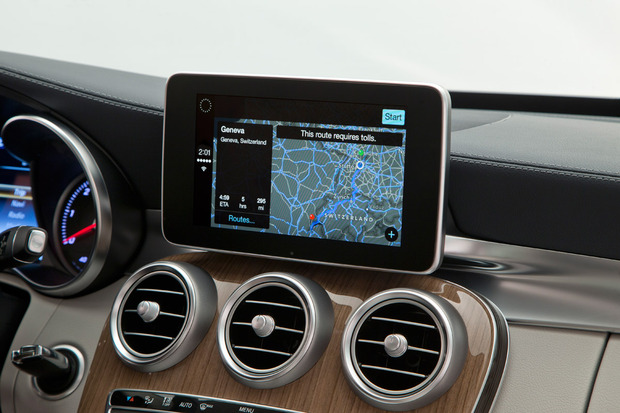
Automakers have always pushed to keep in step with advancements in consumer technology, from the first car radios to the integration of touchscreen navigation and infotainment systems. At the same time, in-car technology is notorious for not being upgradable—as the devices we use change and evolve, our in-car systems remain the same as the day we drove off the lot. Now, with the launch of Apple CarPlay, all of that is going to change. The simultaneously simple and groundbreaking new system presents a sea change in the way we see onboard operating systems: what were once set in stone systems will now evolve with over-the-air software updates just as our phones do. As smartphones become ubiquitous, the quest to create seamless integrations that are safe and easy to use has produced some mixed results, now an in-car infotainment system matches the intuitive user experience of the iPhone. Released 3 March 2014 at the Geneva Auto Show, Apple’s CarPlay is sending the tech and auto worlds into a flurry of excitement. We were able to experience CarPlay firsthand as well as catch up with some of key team members behind the new technology from both Apple and early integrator and the sole premium German automaker to use the technology in 2014, Mercedes-Benz.

“We take care that we have all the prerequisites in the car,” says Ralf Lamberti, Director of Telematics at Mercedes-Benz of the integration process, “in that we have all of the software protocols and hardware that we need to get the the video stream out of the iPhone to the bigger screen using H.264 decoding.” Another major aspect of the software integration is ensuring that all the different “languages” of feedback speak to the onboard system. “Google is working on the same exact thing,” says Lamberti though no date or specific details are available, so the command and control signals—whether it’s touch screen or rotating knob (which work equally well on the CarPlay models on display) for either operating system. Luckily, Lamberti suspects car buyers won’t be forced to chose between Apple or Google versions when shopping for their future C-Class. “The ultimate goal is to have it [Apple and Google interfaces] in one device, but this is still in discussion from a technical point of view.” While time will tell on the cross platform usability between different operating systems, iPhone users will be able to easily plug their iPhone into a CarPlay equipped ride, whether it’s your everyday C-Class or a rental, simply plug in and go.
“Usability is even more important in the car because you don’t have mental time to figure something out, it’s gotta be pretty obvious how to do something.” -Greg Joswiak, Apple’s Vice President of Marketing for iPhone and iOS
CarPlay maintains Apple’s reputation for out of the box usability. The user experience largely mimics that of the iPhone in hand, however special care and design alterations have been made to ensure safety and optimal use in a dashboard setting. Our one-on-one demonstration with Apple revealed this redesign of the major functions in demand when behind the wheel: navigation, music, messaging and last but not least—making and receiving calls. But CarPlay is also scalable—app developers will be able to build driver-usable interfaces like we’ve already seen from Spotify, Beats and Stitcher.

“There are things that people do with their phones in the car that they shouldn’t, in a way that distracts them,” says Apple’s Vice President of Marketing for iPhone and iOS Products, Greg Joswiak. “What we wanted to do was come up with a safer smarter and more fun way to use your iPhone in the car.” Joswiak and his team optimized those major functions, specifically engineering each function for CarPlay while keeping intact the general user experience architecture from the iPhone. “We want to build on what people are familiar with, we want to have that intuitive progression of thought as to how things work, but we want to optimize it for the fact that you’re in a car, keeping in mind the idea that you don’t want to take your eyes off the road for more than a few seconds at a time.”
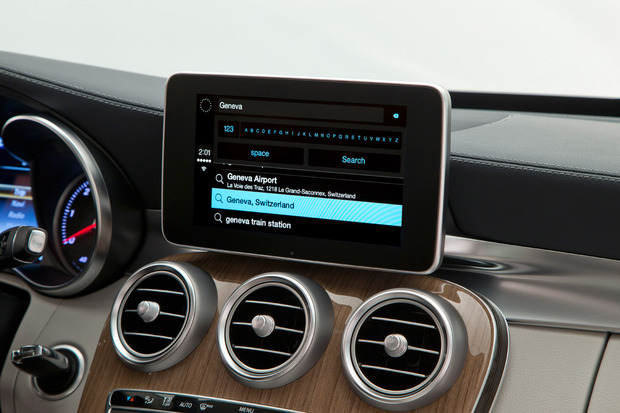
The Maps function of CarPlay is a great example of the this design philosophy. The enhanced screen size in CarPlay (which varies between makes and models) allows for side-by-side point location viewing with step-by-step navigation directions, allowing the driver to simultaneously view their relative position as well as directions without straining. Additionally, address entry pre-populates with recent locations mentioned in your emails, texts. Meaning it’s unlikely that you’ll have manually enter an address, Siri will simply catch your drift early on and send you on your way based on your digital footprint. Looking for a Greek restaurant, post office or dry cleaner? Simply ask for it and Siri will find a list nearby.
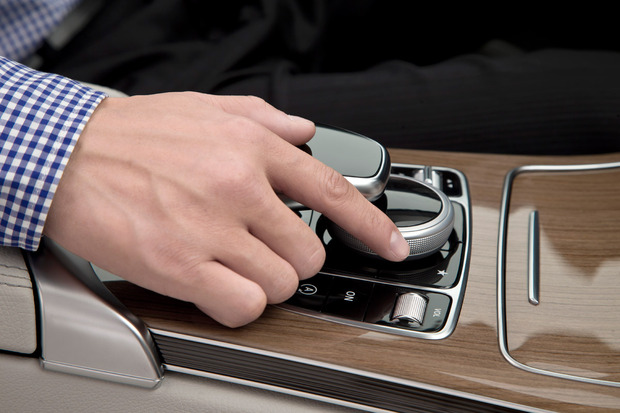
As with nearly all CarPlay functions, Siri is your major point of contact. In the messaging function, Siri both reads messages as well as takes dictation for composing new ones. To avoid driver distraction, the text of messages both incoming and outgoing does not appear on the screen. While all CarPlay models offer voice command via Siri, models vary with other modes of control between knob control, touch screen or a dual system of each. The C-Class comes equipped with a Command Control dial in the center column, where the user cycles though options and “clicks” to select a function. While different than the more open-ended touchscreen option available in both Ferrari and Volvo’s CarPlay implementation, it is still intuitive for iPhone users and both are equally effective navigation methods and it is familiar to Mercedes owners who already use the Command Control for other in-car functions.
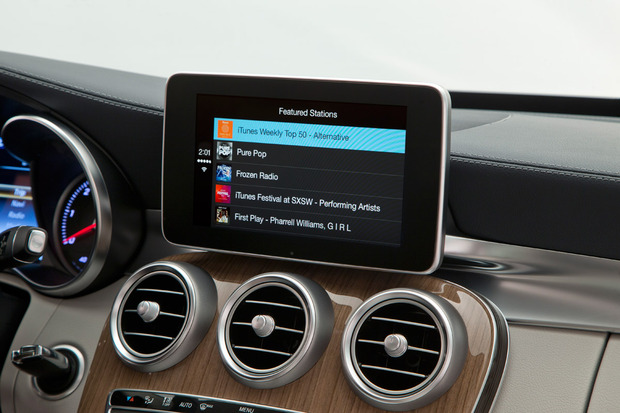
CarPlay might come off to regular iPhone and iOS users as incredibly simple—yet in fact this is the purpose entirely. Each function of the CarPlay—from maps to music—is designed to be an extension of what’s been in your pocket for years, with minor specialized design and user experience tweaks for behind the wheel. Regarding the design process Jos notes that “things are complex when you start, and it’s only after a long time that you’ve worked on them that they become simple.” Check out CarPlay in action from our demo at the auto show.
Images courtesy of Mercedes-Benz


